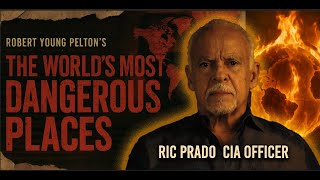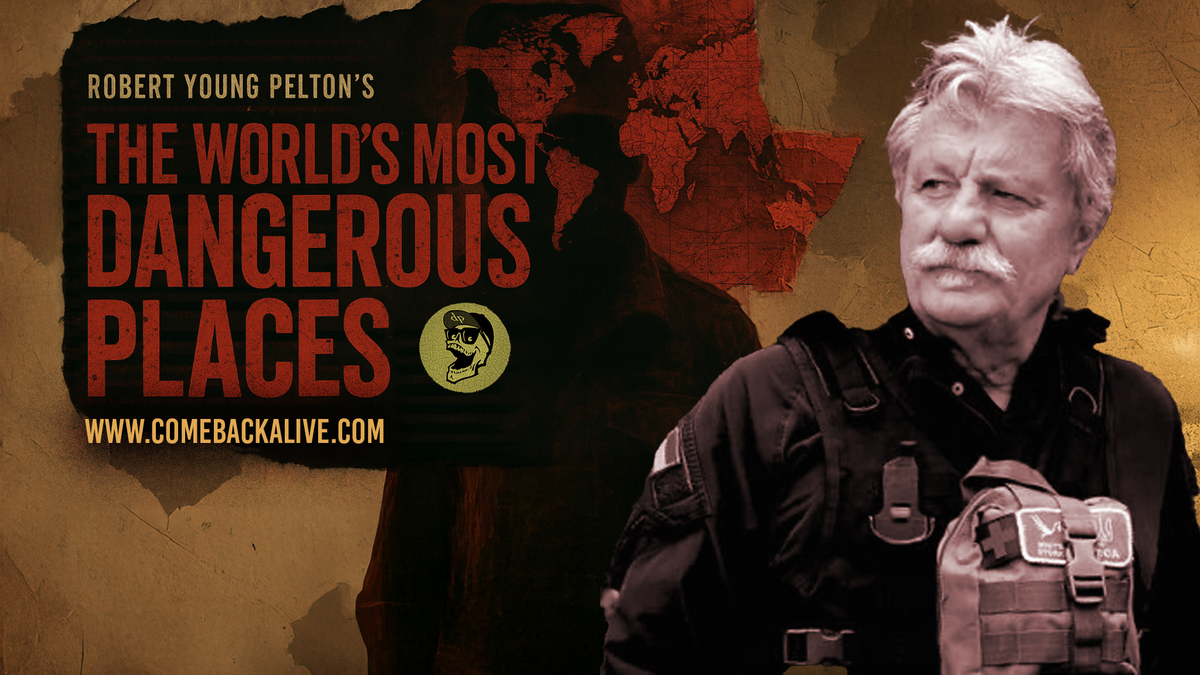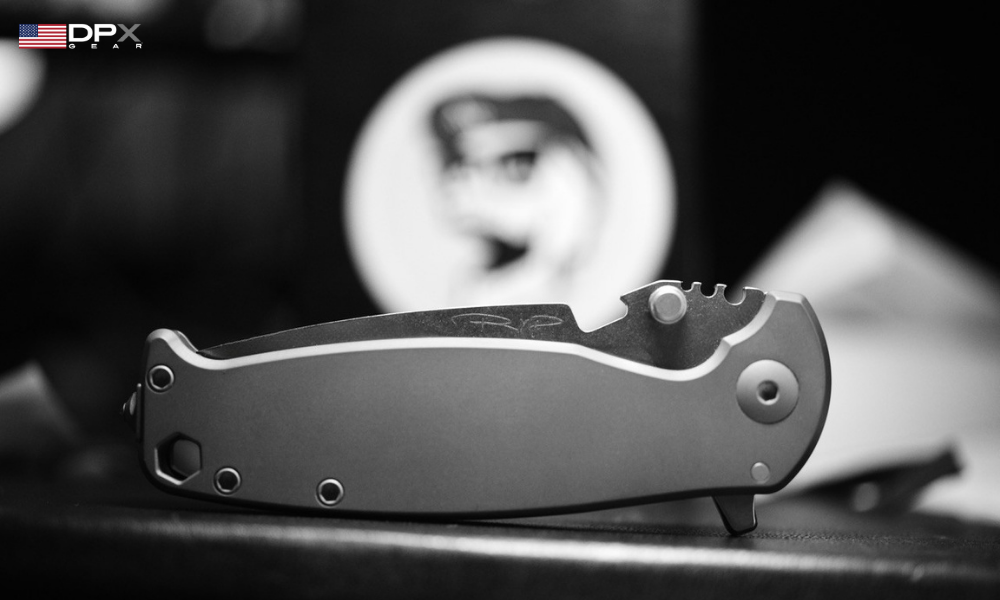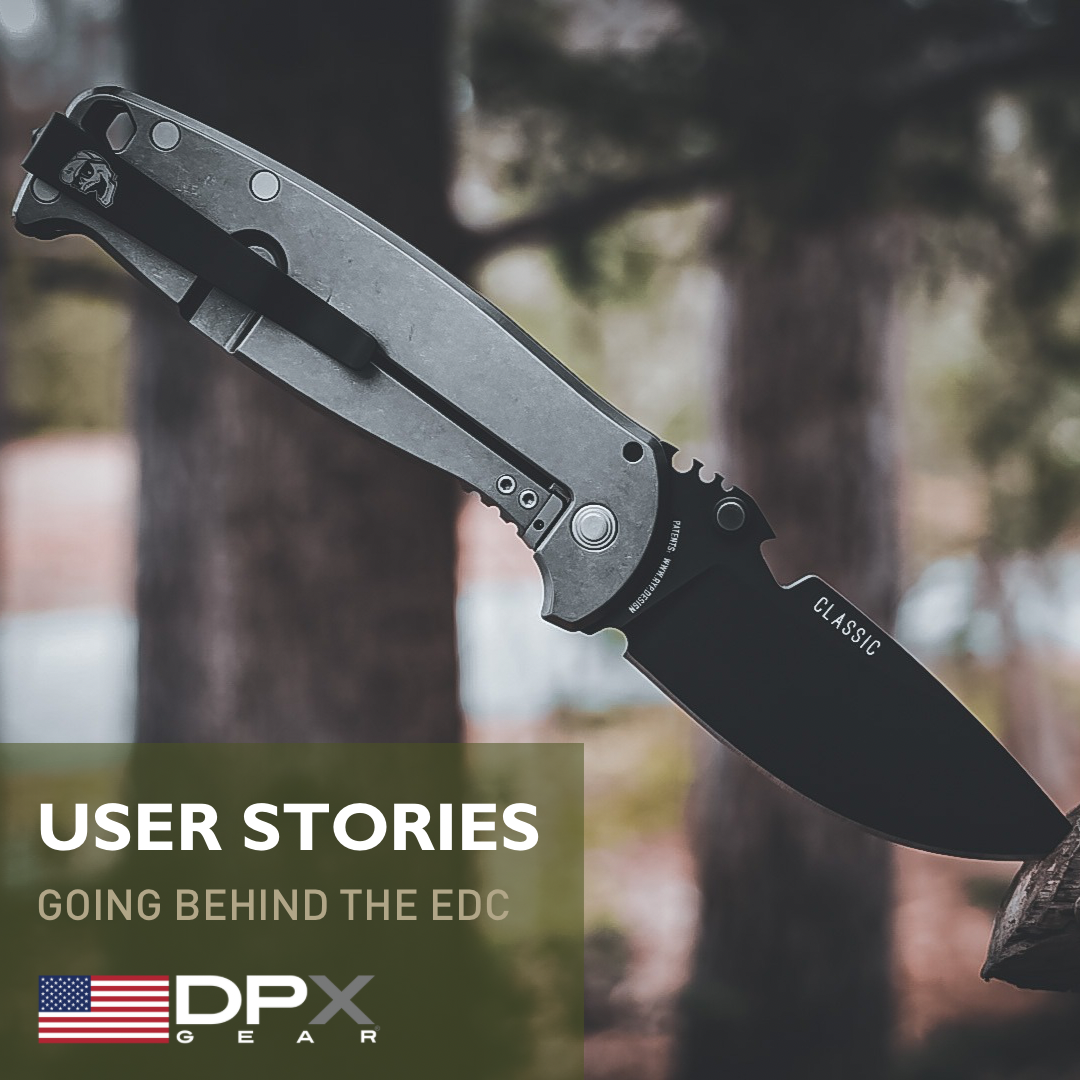
Beyond Black Ops: Ric Prado’s Life and Untold Stories of Espionage
Robert Young Pelton sits down with Enrique “Ric” Prado, a decorated CIA officer whose covert work shaped decades of U.S. paramilitary operations. Known for his leadership in the Contra War, counterterrorism missions, and the development of modern “find, fix, finish” kill teams, Prado’s life reads like a spy thriller. Pelton and Prado share a mutual friend, CIA legend Billy Waugh, who goes beyond what was allowed in his best-selling book and takes the audience into uncharted, dangerous, and never-before-discussed territory.
A Childhood in the Crossfire
- Early Life in Cuba: Ric’s idyllic small-town upbringing was disrupted by armed raids from the mountains.
- First Taste of Combat: Watching firefights through the window as a boy, learning early lessons in survival.
Operation Peter Pan
At age 10, separated from his parents and sent alone to the U.S., enduring life in a Catholic orphanage in Colorado.
Miami Streets and Martial Arts Discipline
- Growing up small and tough in Miami during a turbulent era of Cuban immigration.
- Learning English, navigating racial tensions, and surviving street fights. •
- Introduction to martial arts and early exposure to tough crowds, including friends tied to organized crime.
The Shadow of Felipe Vidal
- For the first time, we learn of a famous Iran-Contra shadow figure. A rebel, assassin, and childhood friend of Prado: Felipe Vidal.
- Vidal’s family history with anti-Castro operations and exile politics.
- Vidal’s role linking CIA operations to Miami’s covert smuggling world, and his mysterious disappearance in the early ’90s. Vidal is interviewed by numerous journalists in Costa Rica, is wrongly blamed for a failed assassination attempt, and vanishes.
From Para Rescue to Paramilitary
- Ric rises above the mean streets of Miami. First as a paramedic, then as an Air Force Pararescueman (PJ), I mastered survival, combat medicine, and covert insertions.
- Work as a Miami firefighter/paramedic while training with Special Forces.
- First CIA contact in the 1970s, leading to contract work with the Special Activities Division in Central America.
The Contra War in Central America
- Deployment to Honduras as the sole CIA officer embedded in Contra camps. Transforming starving, poorly armed fighters into a viable military force.
- Navigating covert logistics, plausible deniability, and clandestine operations along the Nicaragua border.
- Building trust with the indigenous Miskito fighters on the Atlantic coast. The Southern Front and Iran-Contra Nexus
- Transition to an even more covert Costa Rican operation during the Congressional funding ban on the Contras.
- Rebel Vidal comes out of the jungle to work for Prado, who is secretly working out of the embassy in San Jose.
- The logistical lifeline: black flights, maritime infiltration, and managing safe houses under constant threat.
- Testifying before a grand jury during the Iran-Contra fallout.
Global Counterterrorism & High-Risk Missions
- Post–Contra assignments in South America, the Philippines, and Asia.
- Urban assassination attempts in Manila by NPA “sparrows” and lessons in situational awareness. The leader Prado was sent to find was also the same man Pelton has tracked down and interviewed in Manilla.
- Liaison work with foreign militaries, special operations forces, and intelligence agencies.
Evolution of the Kill Team Concept
- Prado is accused of being a hit man for the Miami mob by a dying mobster in a book written by Evan Wright. Pelton calls Wright, whom he met at a training program at Blackwater, to interview him, and Wright commits suicide a week later.
- Tracing the origins of “find, fix, finish” operations from CIA proof-of-concept to private contractors and UAE deployment.
- Insights into the blurred lines between government and private-sector covert action.
Legacy and Lessons Learned
- Dispelling myths about the CIA as a “rogue” agency; emphasizing presidential authority for covert action.
- The moral calculus of violence and why some missions remain untold.
- Ric’s reflections on loyalty, resilience, and the personal cost of a life in the shadows.
Leave a comment
Comments will be approved before showing up.
Also in News

The World's Most Dangerous Podcast is Here
When Reza Allahbakshi, a survival instructor and journalist, first picked up a battered used copy of The World’s Most Dangerous Places, he didn’t expect the man behind it to be so complex. Pelton, the author in question, isn’t just a writer — he’s a lumberjack, marketer, blaster’s assistant, television host, and, most notably, a relentless and fearless explorer of the globe’s most volatile zones.
In this rich and often philosophical conversation, Pelton pulls back the curtain on his origins.

DPx Gear Releases the DPx HEST/F 4.0 Ti
It is a rare moment when a product, a designer, and a legacy blend into one perfect moment. Robert Young Pelton has been working and living in the bush, war zones, and dangerous places since he was ten. He designed his first knife in 2008, and 17 years and over two dozen patents later, he is still perfecting the Hostile Environment Survival Tool—a proven design that is beautiful, ergonomic, dependable, and functional. In that obsession lies an ancient concept of elegance, form, and function, designed to be used roughly and to age with grace. This is a perfection of that vision.

